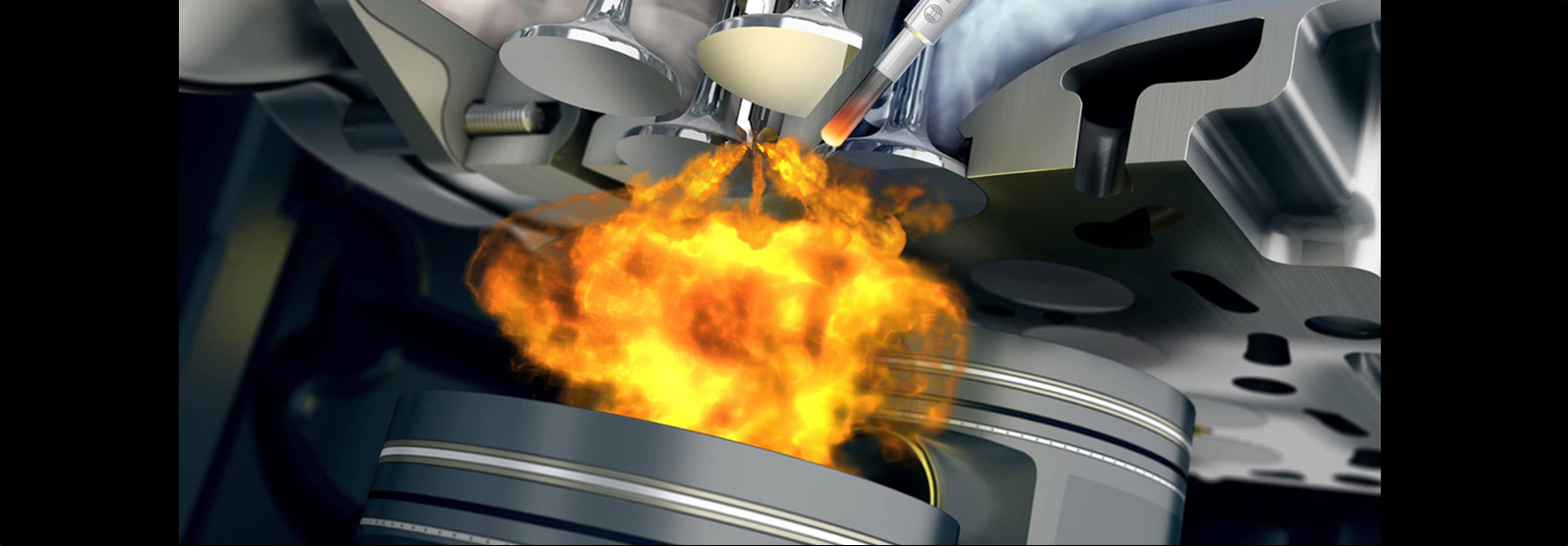
This program focuses on the development of simplified models for soot formation, which can be implemented in engine simulations. Such a model has gained the attention of industry in recent years, due to the targeting of soot emissions for stricter regulations, particularly in the aviation sector, where the combustion of fossil fuels is unavoidable. Design engineers would be able to utilize such a predictive model within their existing Computational Fluid Dynamics (CFD) code, in order to better control emissions from their gas turbines during the design stage. As detailed soot models are currently very computationally expensive, one challenge is creating a model that is computationally tractable, while still relatively accurate. Two projects are underway:
1) Developing coupled soot formation models for turbulent flows
Turbulent combustion codes generally use preprocessing to account for thermochemistry interactions, utilizing look-up tables to determine species mass fractions and temperatures. While this approach is important in reducing computational complexity, one challenge for soot modeling becomes accounting for the mass transfer of carbon out of the gas phase into the solid phase as soot particles grow. A new coupled soot formation model has been developed to address this issue.
A second objective of this model has been validation for complex fuels, such as kerosene, and the use of detailed chemical kinetic mechanisms to describe the growth of polycyclic aromatic hydrocarbons (PAHs). In order to make the model attractive for industrial applications, the model has been implemented in ANSYS Fluent, a widely used CFD package. User defined functions (UDFs) are used in Fluent to model transport equations describing the mass fraction and primary particle number density of soot.
2) Developing and validating detailed PAH formation models
In order to develop soot models for real-world engines, one major focus is the development of better fuel surrogates and PAH formation models. In particular, the validation of PAH growth models for complex, industrially-relevant fuels (such as kerosene) has been lacking in the literature. By improving these models, current soot models, currently using less accurate mechanisms, can be updated to give better results.



